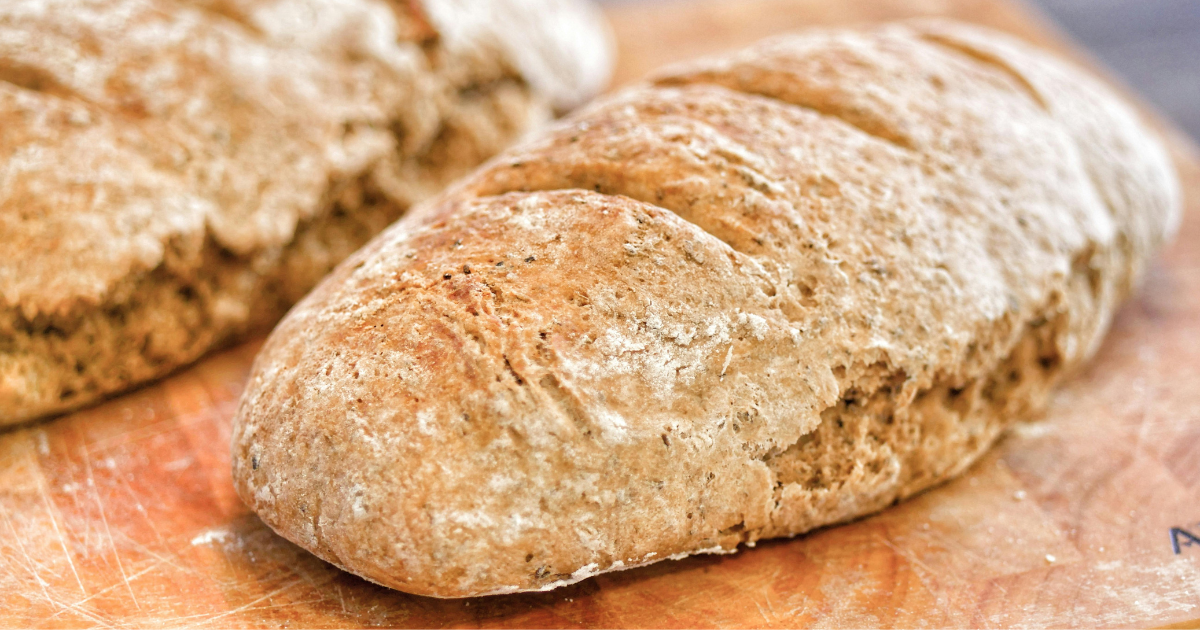A few years ago, a famously gluten-intolerant friend of mine told me that she had spent a whole 2 weeks in Italy eating pizza and pasta every day with no side effects. She claimed that despite an extreme avoidance of any products containing wheat (of which gluten is the key protein) in her own country, she was able to happily munch on street pizza in the back alleys of Naples with no repercussions.
Personally, I thought it was utter BS, until I started looking at the wheat production methods in that region vs those in the UK, US and most countries around the world.
Wheat has been around for 10,000 years and was the beginning of agriculture as we know it. First cultivated in southeast Turkey, at the time it was the solution to widespread food shortage in that it was easy to farm and store as kernels. However, as the demand for wheat products has sky-rocketed over time, big agriculture has resorted to new and harmful ways to increase their crops.
This is down to a number of reasons as follows.
1. Genetically Modified Crops
The wheat we eat today is quite literally not the same as the wheat our mothers and grandmothers were baking with in the 1950s. This is due to the fact that we are eating GMO grains, once thought to be a cure for world hunger but now making people sicker than ever.
“The Green Revolution” was a movement that took place between the 1960s and 1980s where developed countries began replacing commonly used grain varieties with high-yielding varieties of cereals. These largely came in the form of so-called “dwarf” wheat and rice – ultra resistant forms of grain introduced by American agronomist Norman Borlaug to feed the world by being easy to grow in abundance.
Yet the introduction of such technology had an unexpected consequence. These new grains are heavily reliant on water fertilisers and pesticides, meaning that modern grain production causes pollution not just to the soil but to the plants themselves.
Over time, the ancient grains used before the revolution have reduced in availability and quantity, meaning that today’s crops are essentially addicted to the chemicals that are making us sick by ingesting them.
2. The Over Use of Herbicides
Herbicides are chemical compounds designed to destroy unwanted plants. They are used to control weeds and other vegetation and stop them from growing with the desired crop. Using such chemicals leads to less crop loss before, during and after the harvest. Herbicides play a huge role in modern wheat production, and the residue of these chemicals often remains on the wheat that goes in to making products such as flour, bread, pasta and crackers.
When ingested by the body, these chemical compounds disrupt the immune system and the body’s hormonal processes, potentially leading to an increased amount of autoimmune diseases and hormonal conditions.
3. Industrial Milling Strips Wheat of Nutrients
Despite wheat’s long history, the steel roller mill was only invented less than 200 years ago in the late 1870s. Previously, all wheat was stone milled, meaning it was ground down from the whole kernel using two stones. The introduction of the steel roller mill gave farmers the ability to grind down certain parts of the kernel only using a machine. Hence the fine, white flour that we know today was born, making wheat production cheap, precise and easy.
Yet by separating different parts of the wheat kernel, modern steel milling essentially stripped out the parts richest in proteins, vitamins, lipids and minerals. This means that the product of such methods is essentially devoid of minerals, and even rats don’t eat white flour for this very reason.
This is why whole wheat flour (made by mashing the entire kernel down) is much more nutritious than white flour, though it still mostly contains high, undigestable levels of gluten, and is certainly not free from herbicides.
4. The Production of High-Gluten Wheat Crops
Wheat comes in various different types including hard red winter, hard white, soft red winter, soft white winter and durum.
Hard wheats are named as such due to their high gluten content, with soft wheats containing less protein and more starch. Generally speaking, hard wheats are easier to cultivate as they can survive in harsh environmental circumstances and are preferred due to their higher protein intake and the chewy, sticky nature that makes certain breads.
But higher gluten does not mean better nutritional value. Gluten is a hard-to-digest protein in that if the stomach is unable to break it all down, it can go undigested in to the small intestine. This can be irritating and cause inflammation to the intestinal wall, upsetting the body’s delicate balance.
But why could my friend eat wheat in Italy? Simply put, the Italians take wheat production more seriously due to their long traditions of producing wheat products like pasta. They use more varieties of wheat (of which there are over 30,000), preferring soft wheats which are easier to digest, have a higher usage of stone mills and different processes for refining their wheat that aims to keep their nutritional value.
So, gluten gets a bad rep these days, but it’s not necessarily the protein itself that’s at fault – it’s the way we grow and cultivate it in our modern culture of quantity over quality.
Yet another reason to fly to Rome everyone!
It’s important to note that whilst gluten can cause digestive distress for many people, my friend does not have Celiac’s disease, an allergy to gluten that causes the body to attack the small intestine. Celiacs should of course avoid gluten in all of it’s forms, regardless of where it comes from







